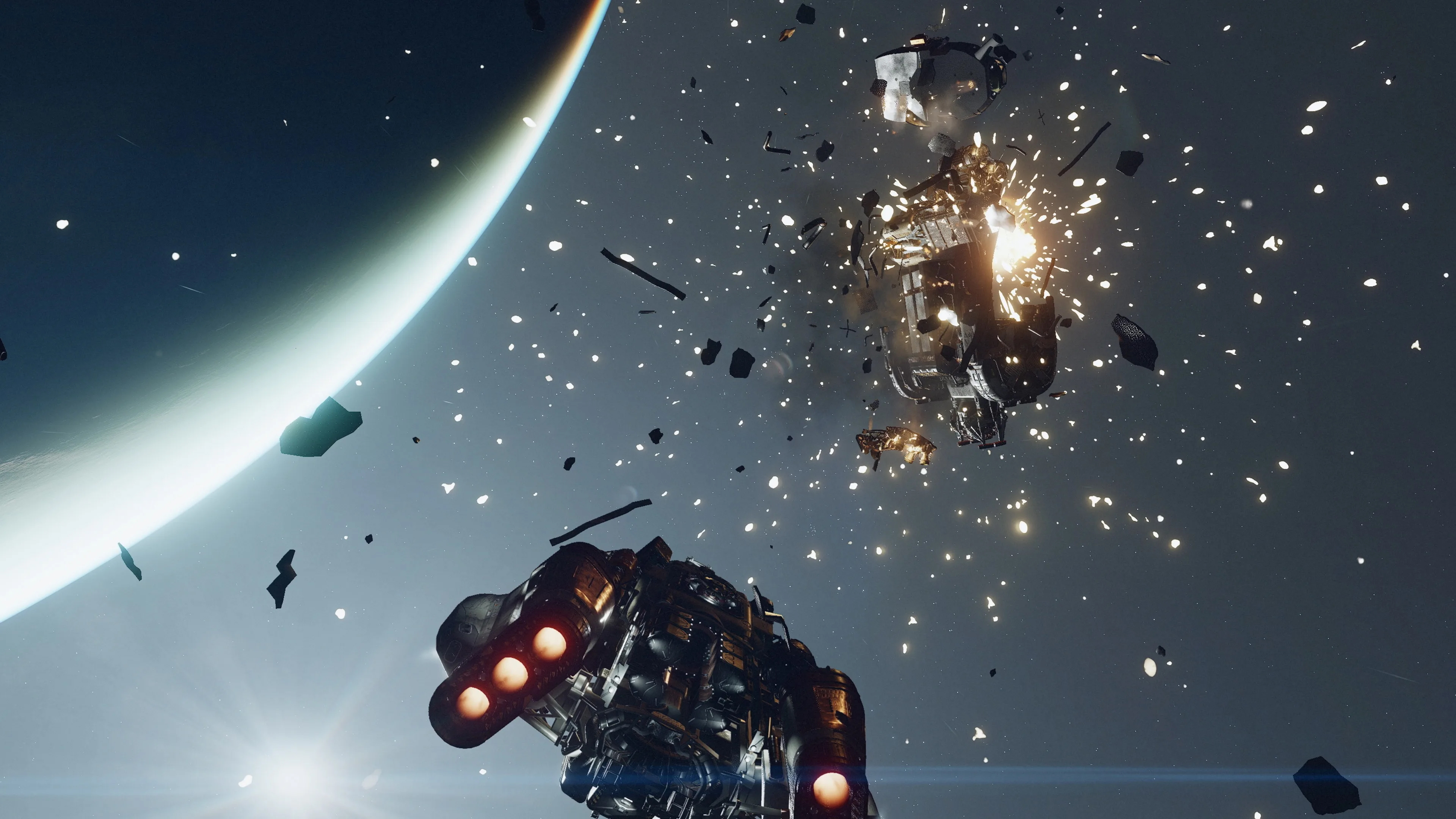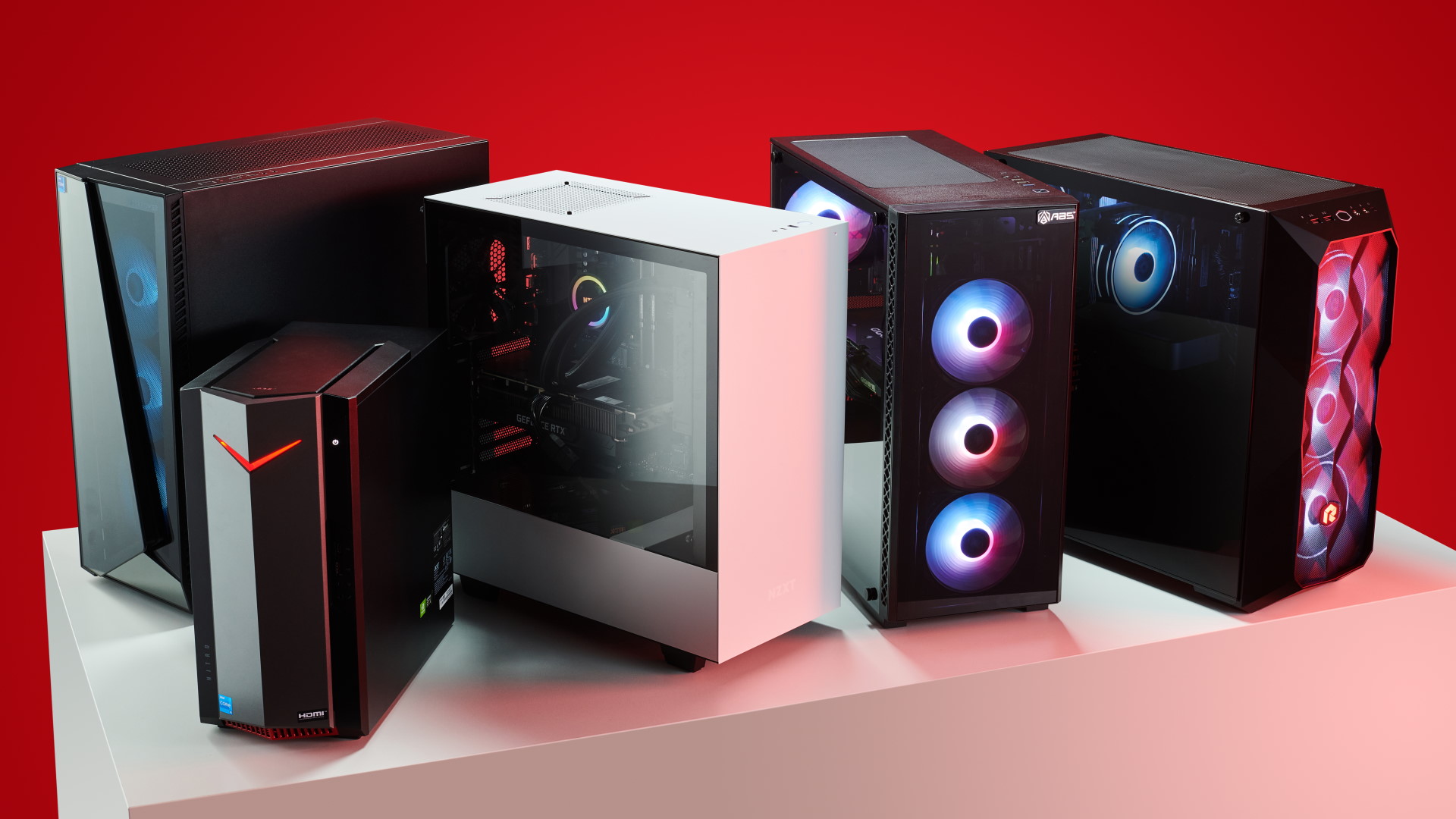FSR 3 and XeSS now available in Starfield, bringing upscaling and frame gen boosts to all space farers
Now, can we have some more content to enjoy, please Bethesda?

Bethesda's space RPG Starfield didn't have a stellar launch when it came to performance, with the mightiest of gaming rigs struggling to reach decent frame rates. The modding community got there first but eventually, Nvidia's DLSS 3 was added and now after several months of beta patches, Starfield also boasts AMD's FSR 3 and Intel's XeSS frame rate boosting technologies.
It's taken a while to arrive (and to be honest, far longer than it should have) but if you're still playing Starfield, at least you can enjoy a decent boost to the game's performance no matter what hardware your gaming PC is sporting. The latest public v1.9.67 patch includes AMD FSR 3 and Intel XeSS upscaling/frame generation systems to go alongside Nvidia DLSS. Whereas the latter only works on GeForce RTX graphics cards, the first two will run on any GPU that supports the game itself.
In the case of FSR 3, it's just a simple click in the game's Display settings to enable it but then you have to mess about with the Render Resolution Scale (RRS) value to get the degree of upscaling you're after. Reducing this drops the resolution that Starfield computes the majority of the graphics before the FSR 3 implementation upscales back to your monitor's resolution.
For example, using an RRS of 50% with a 4K output means the graphics are rendered at 1080p. Using DLSS or XeSS doesn't require you to play about with the scale value, as you get the option to switch between upscaling quality presets instead.
But what FSR 3 and DLSS both have in common is frame generation, and it makes a huge difference to how well Starfield runs, especially in city areas like Akila. I ran some quick benchmarks to give you a rough idea of how much better the performance is with Frame Gen.
The base figures are taken from doing three runs from the middle of Akila out to the spaceport's landing area and you can see that Intel's XeSS with the Balanced preset offers a reasonable but fairly small 12% improvement to the average frame rate. The 1% low figure is a tad lower but I wouldn't read too much into that, as this area of Starfield is pretty demanding on the CPU.
I've only included some frame gen results for FSR 3 and DLSS because this feature is the key aspect of the patch. Nvidia's AI frame interpolator is only supported on its latest RTX 40-series of GPUs, whereas AMD's system works on pretty much any modern graphics card.
The biggest gaming news, reviews and hardware deals
Keep up to date with the most important stories and the best deals, as picked by the PC Gamer team.

Best gaming PC: The top pre-built machines.
Best gaming laptop: Great devices for mobile gaming.
As you can see, the performance gains it offers are pretty much on par with DLSS, although the latter has better 1% lows. I checked those figures with a few more benchmark runs but the difference was consistently present. Still, I'd take a 101% average fps improvement any day of the week. Visually, though, DLSS has the edge over the other two, albeit not by a huge amount.
XeSS was the least clear of the three systems and distant details, such as lights on buildings, were muted. FSR 3 with Frame Gen was very good and the quality was only spoiled by minor shimmering of said lights. DLSS, though, was nigh on flawless, with just a few wall textures looking a little more muddier than they should.
All in all, fans of Starfield will benefit from having these systems in place, so fire them up before you head out back into space. Personally, as much as I enjoyed playing the game for the first couple of weeks, I've not returned to it for months. I know space in real life is pretty much empty, but I don't think games need to be quite so realistic in this sense.

Nick, gaming, and computers all first met in 1981, with the love affair starting on a Sinclair ZX81 in kit form and a book on ZX Basic. He ended up becoming a physics and IT teacher, but by the late 1990s decided it was time to cut his teeth writing for a long defunct UK tech site. He went on to do the same at Madonion, helping to write the help files for 3DMark and PCMark. After a short stint working at Beyond3D.com, Nick joined Futuremark (MadOnion rebranded) full-time, as editor-in-chief for its gaming and hardware section, YouGamers. After the site shutdown, he became an engineering and computing lecturer for many years, but missed the writing bug. Cue four years at TechSpot.com and over 100 long articles on anything and everything. He freely admits to being far too obsessed with GPUs and open world grindy RPGs, but who isn't these days?

